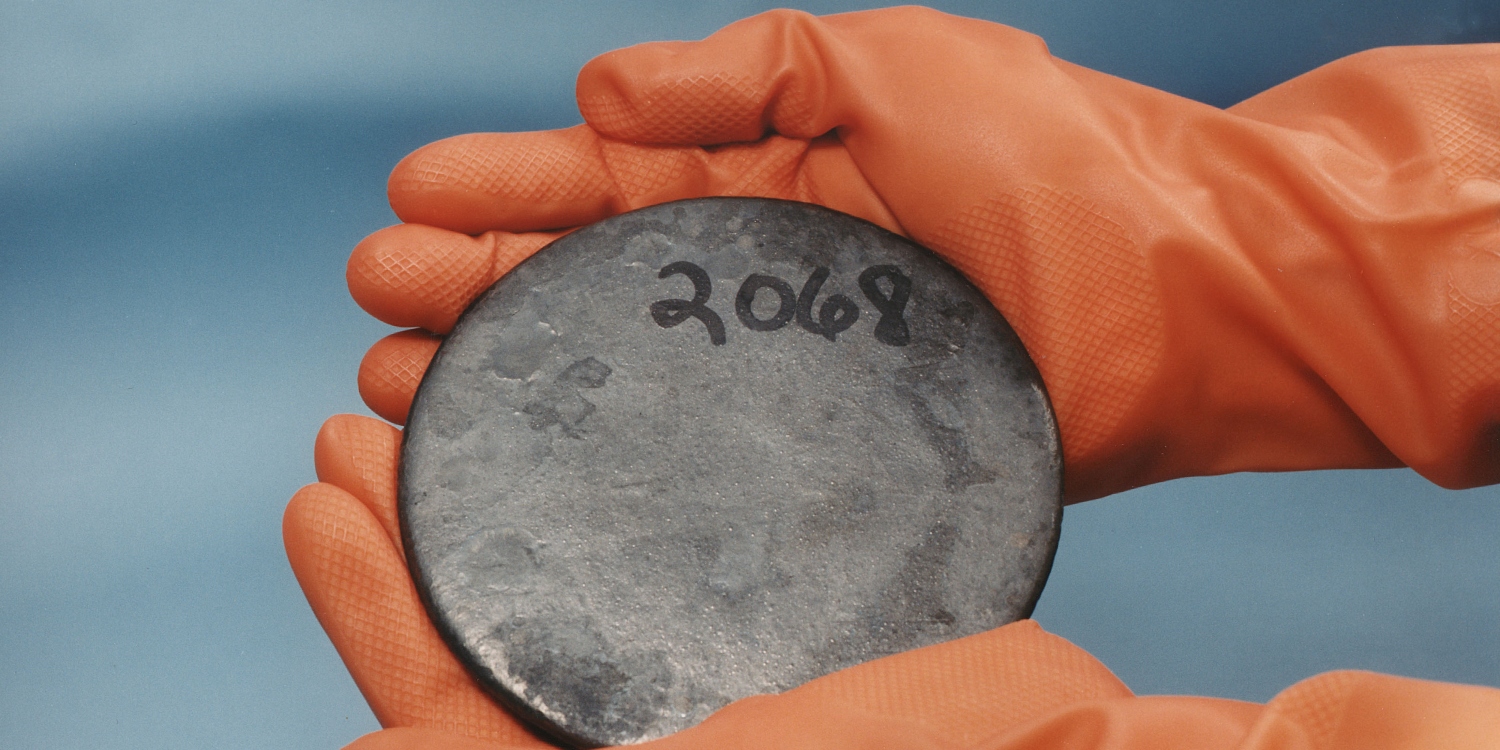The physical properties of elements are what shape every interaction in the universe. They are a consequence of how the elements have been produced and determine how humanity utilizes them. But which one is the heaviest element out there? Apparently, there are nuances to the answer because the question is not very well defined.
The Heaviest Element Out There

It should be mentioned that weight and mass are two different concepts in science. While they are linked, mass is a property of matter, while weight is a force determined by gravitational fields. So, when it comes to heaviness, mass and weight can be considered separately. For most people, the heaviest element is uranium. In particular, the uranium-238 isotope, which is also the most stable and most abundant of all natural isotopes. It is often considered the heaviest because it can be found in the natural world, unlike other candidates. Its atomic mass is 238, based on the 92 protons and 146 neutrons in its nucleus.
There are elements with more protons in their nuclei, but each one with a higher number than uranium was discovered after being created in a lab. However, while plutonium with its 94 protons was first made in a lab, it also occurs naturally. Since some were found in meteorite dust deposited in a seabed, it can be said that plutonium-244 is the heaviest naturally occurring element.
The Difference Between Density and Mass

While plutonium is impressive, humans have created much bigger elements, with the heaviest element ever synthesized being oganesson. It has an impressive 118 protons and 176 neutrons and stands out with an atomic mass of 294. Despite that, it is possible that this record might be broken in the future.
When looking at density, or mass per unit of volume, and not the mass of atoms, things get closer to the human experience. Density does not scale with atomic mass, and an element could be denser than one that has more massive atoms. The densest element out there is osmium, with iridium being close behind it. The reason why elements get dense has to do with the atomic radius or how well-organized the electrons are in a volume. So, while uranium has more mass per atom, one could fit more osmium atoms in a given space.